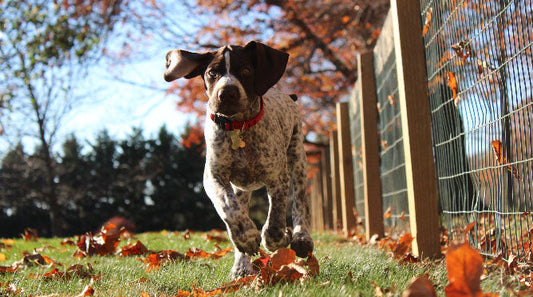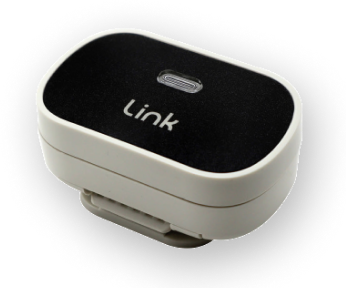Pets are part of the family and just like with our human family it’s important to know how to assist them in case of an emergency.
Pet CPR is an important skill to learn so you can be prepared for emergency situations, such as your dog becoming unconscious. CPR (Cardio Pulmonary Resuscitation) uses a combination of chest compressions and artificial respiration aka “rescue breaths” to restore breathing and heartbeat in an unconscious animal. It’s very similar in humans and in pets, but due to the variations in size and shape within dogs, you’ll want to learn what procedures are most effective for your pet before an emergency occurs.
Before an emergency happens:
- Know your closest emergency veterinary hospital. If your pet stops breathing, your plan should be to perform CPR on the dog in the car on the way the veterinary clinic. Ideally, your emergency vet should be within 20 minutes of your home.
- Practice finding your dog’s pulse. The best place to locate a dog’s pulse is the femoral artery. The artery runs along the femur and can be felt at the inner thigh, between the dog’s knee and hip. Practice locating your dog’s pulse when they are laying down.
- Learn how to use the Heimlich maneuver on your dog. This would be used if your dog was to ever choke on an object. Lock hands, or making a fist under the dog’s abdomen and squeeze up towards the spine and ribcage. Repeat five times as necessary.
Performing CPR:
Step 1 -Check Vitals
- Feel for a pulse, and place your hand by the dog’s nose and mouth to check for breathing.
- Check for and remove any blockages by reaching into the dog’s throat with your finger, and extend their neck and pull the tongue forward so their airway is open. Blue gums indicate a lack of oxygen.
- If there is a pulse but no breathing, you will need to provide artificial respiration (step 4). Give a breath every two to three seconds until you arrive at the veterinary clinic. Periodically check the dog’s pulse as you administer breaths.
- If there is no heartbeat, proceed with CPR (step 2).
Step 2- Get in Position
Kneel next to the animal. If the dog is barrel-chested (a circular or wide ribcage) roll it onto its back. Otherwise, lay the animal on its side. For barrel chested dogs, place your hand over the tallest point of the sternum and place your other hand on top for stability. For deep-chested dogs with narrow ribcages (i.e. greyhound), position your hands behind the elbow, at the “armpit”. For all other dogs, position your hands where the ribcage is widest.
Step 3 - 30 Rapid Compressions
With elbows locked, give 30 downward compressions in 15 seconds. The ribcage should compress by one third to half its original width with each press. Lift completely between compressions so blood can flow into the heart.
For small breeds or puppies (or cats!), encircle the animal’s ribcage with two hands. Give thirty compressions on the ribcage behind the animal’s elbow. Do this with your thumbs or the heel of your palm, using pressure appropriate for the size of the animal.
Step 4 - Rescue Breaths
With the animal’s neck extended, kneel beside their head, hold their mouth closed, and seal your mouth over the nose (or nose and mouth, for small animals). Exhale into the animal’s nose until its chest begins to rise, then remove your mouth and wait for the animal’s chest to fall. Provide a second breath three seconds after the first. Be careful not to overfill the lungs of small dogs.
If the animal’s chest does not rise when you breathe into it, that suggests an obstruction to the airway. If you can’t find anything in the mouth or throat, try the Heimlich maneuver.
Step 5 - Repeat
Repeat the process. After four cycles of compressions and rescue breaths (approximately two minutes), check for pulse and heartbeat.
If possible, find someone to assist. With two people, one can do compressions and the other can deliver rescue breaths. After a two-minute cycle, switch roles, so neither of you tire.
Continue performing CPR for at least 20 minutes, until the animal responds, or until you reach the veterinary hospital.
Practice
It’s unsafe to practice CPR on a healthy animal with a heartbeat, so practice with a stuffed animal until you remember the pattern! Then you’ll be prepared if your pet or someone else’s is in need of resuscitation.





